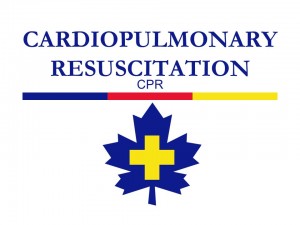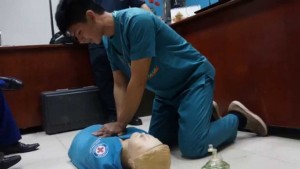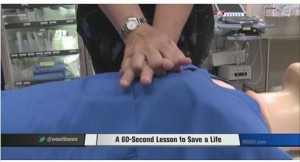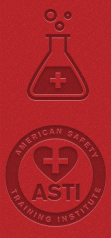Do you ever wonder ‘What is exactly cardiopulmonary resuscitation’? Anyway, it’s quite common question for those who’re not familiar with the techniques of CPR. The abbreviation of CPR is ‘Cardiopulmonary Resuscitation’ that is a term referring to the survival of a person through the heart and lungs. The basic technique used to perform CPR includes chest compression and retention of breathing process to keep the victim’s brain alive and also restore the normal heart rhythm.
In short and simple term, cardiopulmonary resuscitation is a direct response to sudden cardiac arrest that’s when a victim’s heart stops beating due to several reasons. However, heart failure seems as the main problem in this circumstance; but the act of CPR more concerns brain than the heart. While other organs of the body can survive a little while without heart beat, but the brain dies within seven minutes for not receiving oxygenated blood. Hence, death of brain can be one of the most catastrophic of organ failures because of losing brain functionality. That’s the main reason why rescuers or bystanders need to perform CPR in order to retain blood circulation process and flow of blood to the brain even after the brain function is stopped.

What Does the Process of Cardiopulmonary Resuscitation Include?
The whole process of CPR includes chest compression phase that involves gently pushing the chest downward in a rapid way in order to continue the blood movement throughout the body of the victim and rescue the breaths by making sure the blood is being oxygenated. As soon as the brain is able to receive sufficient oxygenated blood supply, it will be ready to function without any injury. However, it’s quite obvious that CPR can’t perfect the heartbeat rate, that’s why survival rate of cardiac arrest victims depends on how quickly a normal heartbeat is restored usually with the help of AED or Automatic External Defibrillator.

But remember one thing that cardiopulmonary resuscitation is a life saving process that everyone should be aware of how to perform the processes very well in case of cardiac emergency arises. Though for many people CPR is intimidating enough to imagine performing on a stranger. However, statistics explain that most of the time CPR is applied to save the life of loved one, friend or family.
Conclusion – If you’re interested in learning the basics and thorough details on Cardiopulmonary Resuscitation, then it’s highly recommended to enroll into CPR online certification courses. To become CPR certified, you should join CPR training online at CPR Professor and know how easy it can be to help save more likes.
Our online CPR certification programs strictly follow the latest national and international guidelines for CPR, AED and first aid techniques, including the compression-only standards. Upon completion of our innovative CPR training courses, you’ll receive a nationally recognized certificate issued by the American Safety Training Institute; which is valid for two full years. Rest assured that our first aid certification courses can offer you with necessary skills and knowledge you need to respond to the life threatening situation like sudden cardiac arrest with speed and confidence. Feel free to contact us today, if you have more queries on Cardiopulmonary Resuscitation.
For more news and notifications on CPR certification courses, stay connected with us on Facebook, Twitter and Google+!










